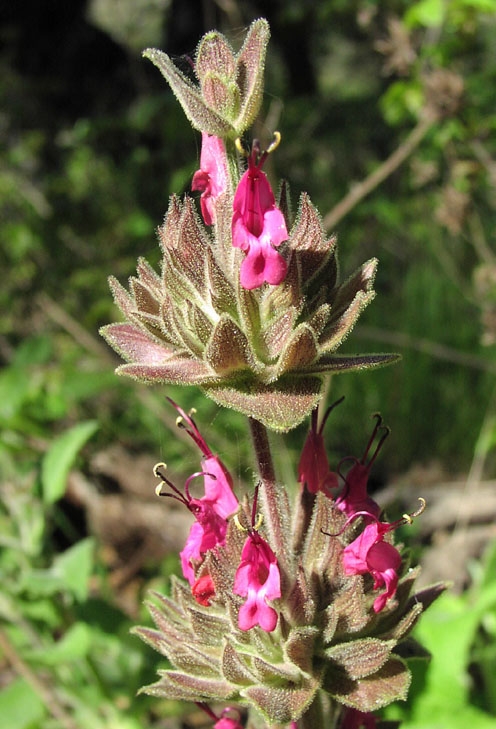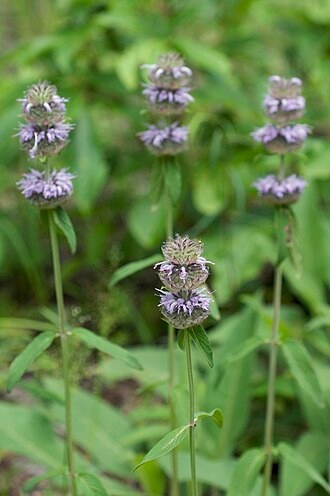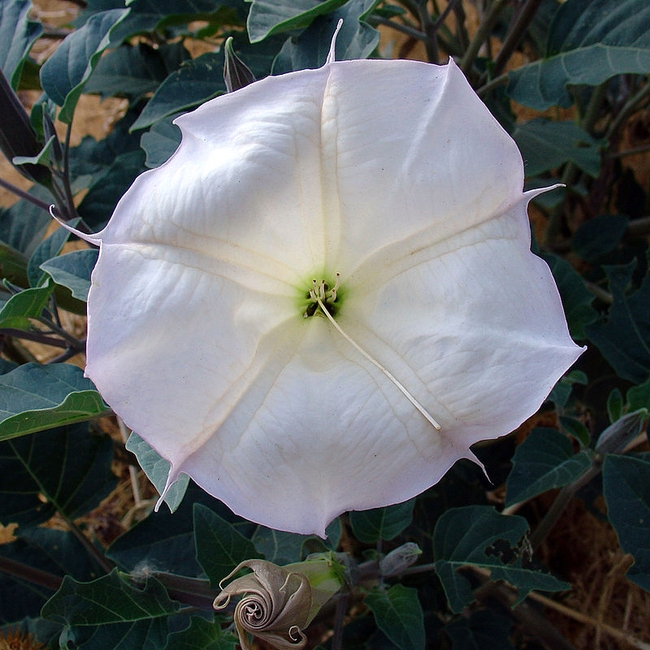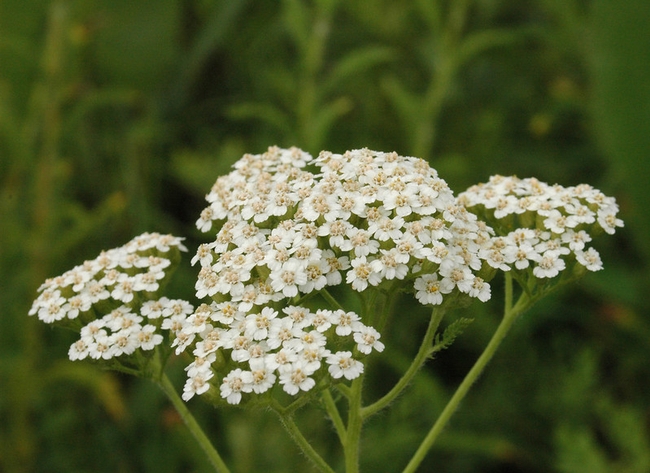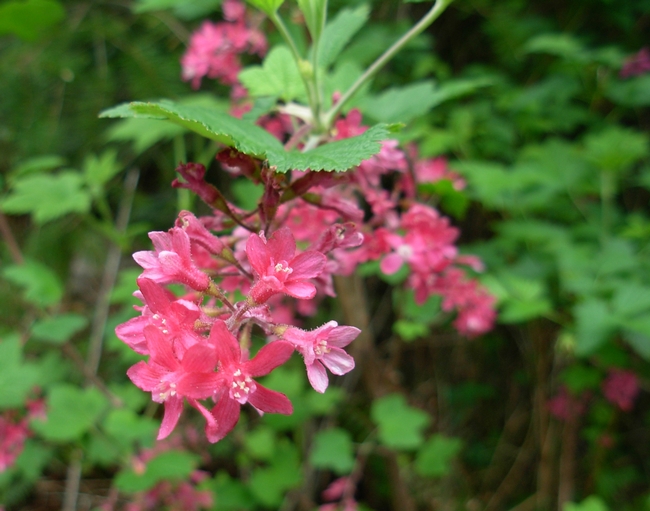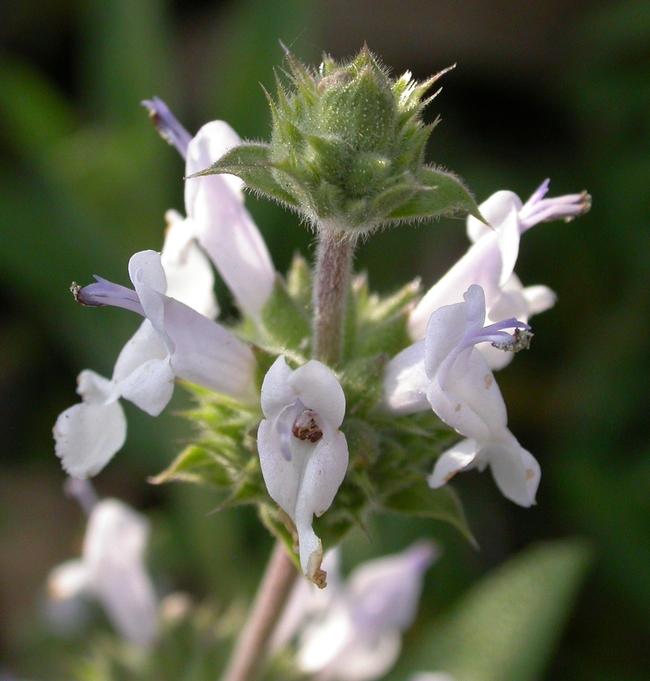- Source: UC Integrated Pest Management Program
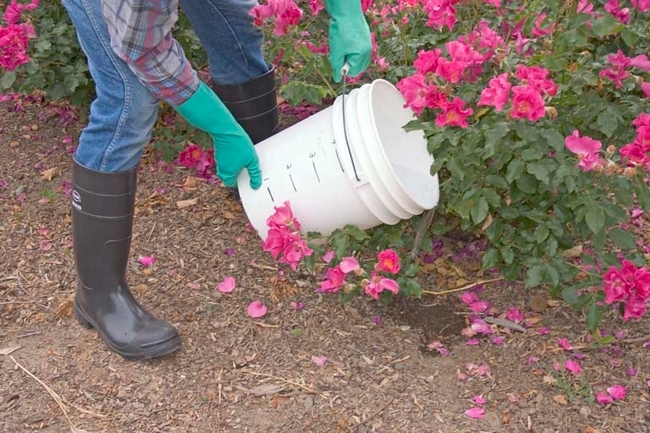
Neonicotinoids include the common insecticide imidacloprid, and the related active ingredients acetamiprid, clothianidin, dinotefuran and thiamethoxam. These pesticides, which are typically diluted and applied to plant roots, are transported through the plant, where they help control sap sucking insects like aphids. Because the pesticide is also present in the plant's pollen and nectar, neonicotinoids have been linked to the decline in honey bees and other pollinators.
The European Union, Canada, Maine, New Jersey and several other states have already banned or restricted these pesticides for non-agricultural uses. Limiting lawn and garden neonicotinoid uses to trained professionals is intended to eliminate significant pollution from these pesticides in urban and suburban areas, protecting pollinators, aquatic organisms and human health.
The new law does not apply to indoor neonicotinoid pesticide products like ant baits, or veterinary products, such as flea and tick treatments for pets.
For more information about this law, see the California Department of Pesticide Regulation's September 2024 announcement.
(This article was originally in the Fall 2024 edition of the UC IPM Home and Garden Pest Newsletter.)
- Author: Terry Lewis

Tasks
- Water citrus trees well now to produce a good crop next year.
- Check and improve drainage around plants in low areas.
- Monitor rainfall and adjust water accordingly to keep soil moist for new plantings.
Pruning
- Cut back chrysanthemums to 6 inches.
- Prune back spent wisteria canes.
- Do not apply any treatments to pruning cuts or other plant wounds because these materials are ineffective and often detrimental.
Fertilizing
- Fertilize cool-season annuals, perennials and vegetables with a light, high-nitrogen or organic fertilizer.
Planting
- Bare-root planting season begins this month. Consider the hardiness of the rootstock when selecting bare-root fruit trees.
- Citrus, avocado, and other frost-tender plants should be planted in spring after the danger of frost has passed.
- Fruits and vegetables: asparagus (transplant), onions, parsley.
- Annuals: toadflax (Linaria maroccana), stock (Matthiola incana).
Enjoy now
- Annuals and perennials: toadflax (Linaria maroccana).
- Bulbs, corms, tubers: paperwhite (Narcissus).
- Trees, shrubs, vines: holly (Ilex), Koreanspice (Viburnum carlesii).
- Fruits and vegetables: Brussels sprouts, citrus, sweet potatoes.
Things to ponder
- Use trimmings of magnolias, juniper, pine and redwoods for holiday greens. Deodar cedar, spruce and western hemlock lose needles quickly.
- Author: Jeannette Warnert
When perusing online seed shops this winter for plants to add to the garden, consider buying some aromatic native specimens to boost the restorative capacity of nature in your own backyard.
Studies have shown that spending time in nature is an antidote for stress: It can lower blood pressure, reduce anxiety and improve mood. Carefully chosen native California plants add an earthy, herby aroma to their visual beauty, enhancing the positive impact of the outdoors.
In addition, native plants help save water, reduce maintenance and pesticide use, and invite beneficial pollinators. Whether your garden is in containers or a yard, native plants will deliver the healing power of nature and help protect the state's biodiversity.
The California Native Plant Society offered a presentation on aromatic native plants that is now available on YouTube. In it, Santa Clara County native plant enthusiast Arvind Kumar suggested a selection flowers and shrubs that can add lovely fragrances to outdoor spaces. Kumar named:
These suggestions are just a sampling of California native plants that can be added to gardens or grown in patio or balcony pots to offer soothing scents and appeal to local pollinators and birds. The Sequoia Chapter of the California Native Plant Society, which serves Fresno, Kings and Madera counties, has a list of native plants that do well in the Central Valley with helpful information about their size, water needs, deer resistance and blossoms. However, this list does not include whether the plants are aromatic, so selecting from the list will require some trial and error.
Resources:
California Native Plant Society, Sequoia Chapter
Sequoia Chapter Native Plant List (pdf)
Ecopsychology: How Immersion in Nature Benefits Your Health, Yale Environment 360
- Prepared by: Terry Lewis
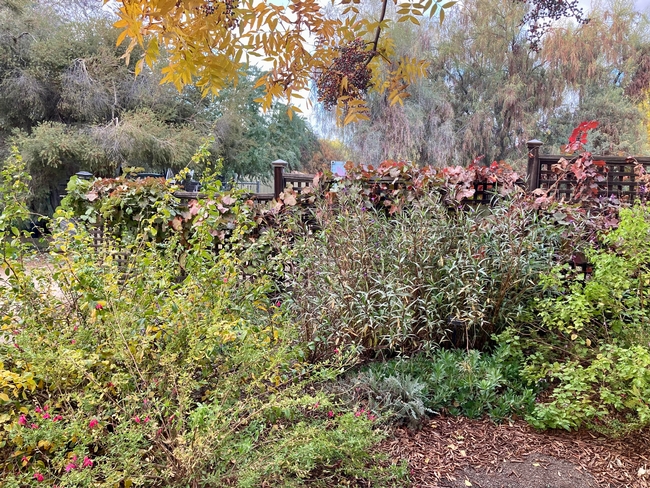
Tasks
- Monitor ground moisture, especially in beds and under eaves and patios.
- Store unused fertilizers and pesticides in a dry place.
- Dig and divide overcrowded dahlia tubers and store in a cool, dry place. Replant in late February.
Pruning
- Remove dead foliage and stems from dormant perennials.
- Prune junipers during cool weather to prevent sunburn.
- Prune and trellis caneberries.
Fertilizing
- Feed cool weather plants and vegetables.
Planting
- The time for fall planting is coming to an end.
- Order bare-root roses and perennials from gardening websites or catalogs.
- Fruits and vegetables: Lettuce, peas, edible pod peas - plant from seed or six-packs.
- Trees, shrubs, vines: fig, walnut (Juglans), crabapple (Malus).
- Annuals: larkspur (Consolida), flowering kale.
Enjoy now
- Annuals and perennials: cyclamen, dianthus.
- Bulbs, corms, tubers: paperwhite (Narcissus).
- Trees, shrubs, vines: barberry (Berberis).
- Fruits and vegetables: cauliflower, comice pears.
Things to ponder
- Enjoy the quiet of the winter garden.
- At the end of the month, apply dormant oil spray to deciduous fruit with copper fungicides, to control shot hole disease on twigs.
- Avoid overhead irrigation if frost is expected.
Historic frost dates
- Zone 8: November 15 through March 15
- Zone 9: December 15 through February 15
- Author: Rosie D

You can fertilize on the 1st and again on the 15th of November. That is it for fertilizing your roses until early spring of next year. So, sit back and enjoy your fall bloom. There should be beautiful blooms for Thanksgiving and up until Christmas or the first of the year, depending on the weather. Check for any unwanted bugs or fungal diseases and treat accordingly. (See: Rose Pests)
What if you don't have a yard but still want to grow roses? Grow them in pots! I have several roses in pots since I don't have room for them elsewhere. You can grow mini roses in a three-gallon pot. A bush rose will do very well in a five-gallon container (or larger). If you want to plant a large climbing rose, use a 13-gallon pot or larger.
Drainage is important — do not place pots directly on soil or lawn since it could block the drainage holes. I place all my pots on a rolling pot stand that holds up to 500 lbs. May sound like overkill, but I have used them successfully for decades! They really last! Also, you will be surprised how often you end up moving your pots. Having them on the rolling pot stand makes all the difference in the world. Potted roses are very heavy.
Your potting soil will eventually settle and compact after a year or two. I use a mixture of outdoor potting soil and mix in perlite for extra drainage. The perlite is lightweight, which also makes the pots easier to move. You can also mix in pine bark, mulch, sand or fine gravel. It will help with drainage. Roses hate wet feet!
Feed potted roses every month. Plants will perform for about 4 to 5 years in a container. If they stop blooming, you will need to replace the potting soil. When the plant is dormant and pruned for spring, take them out of the pot, trim up the roots and replant with fresh potting soil (mixed with the perlite). For some of my more vigorous roses, I may re-pot every three years. The rose will let you know!
You can use clay or plastic pots. Just be aware that clay pots are heavy and expensive. They also can crack when we get freezing weather. I use pots that are made from fiber cement material. They can be pricey; however, I have had mine for about 10 years before they need to be replaced. Look for them at membership stores in the spring, which tend to have the best prices.
Fiber cement posts are sturdy, lightweight and frost resistant to 0 F. I do drill extra drainage holes in the bottom (easy to do with these pots and they don't crack). I also line the bottom part of the pot with window screening material. It keeps the soil from coming out of the holes and slugs cannot get into the pot through the holes on the bottom (great if you grow hostas as well!). I find these pots to be much cooler in the summer. They are thicker than regular plastic pots. They protect the roots from our heat during summer. I also plant in light-colored pots, not dark colors, as I don't want the dark color to absorb the sun and heat up the roots.
Do not use stones or pebbles at the bottom of your pot thinking this will improve drainage. This theory was disproved long ago. It creates something called a perched water table. This is a saturated zone where water pools and can't drain away, leading to root rot. As I have said before, roses hate wet feet!

This is a picture of the rose, Candice, that I grew in a pot. This is a shrub rose bred by G. Delbard (France) named after Candice Morgan, a deaf TV presenter and actress in South Africa. She is an advocate for deaf rights. Both Candices are beautiful.
Until next time … Do not be impatient with your seemingly slow progress. Do not try to run faster than you presently can. If you are studying, reflecting and trying, you are making progress whether you are aware of it or not. A traveler walking the road in the darkness of night is still going forward. Someday, some way, everything will break open, like the natural unfolding of a rosebud." - Vernon Howard

